Blog
July 10, 2020
Synagogues and memory
When synagogues were forced to close their doors due to the COVID-19 pandemic, many Jewish communities felt distressed; not necessarily at the knowledge that they couldn’t attend, but at what that might symbolically mean.
Synagogues are not actually mentioned in the bible – the Torah – with no obligation to pray exclusively in a synagogue. However, it is within synagogues where the reading of the Torah, portion by portion each week, takes place, completing the stories in a lunar cycle. These stories convey more than the history of the Jewish people, they are the memories, traditions, language and culture that is carried down through generations.
If synagogues are physical places that allow Jewish culture and memory to thrive, it is perhaps for this reason that destroying synagogues was so important to the Nazi cause. It seems no coincidence that one of the most significant aktions against the Jewish people was on Kristallnacht in November 1938 – the Night of Broken Glass – where hundreds of synagogues were shattered and Torah scrolls burnt.
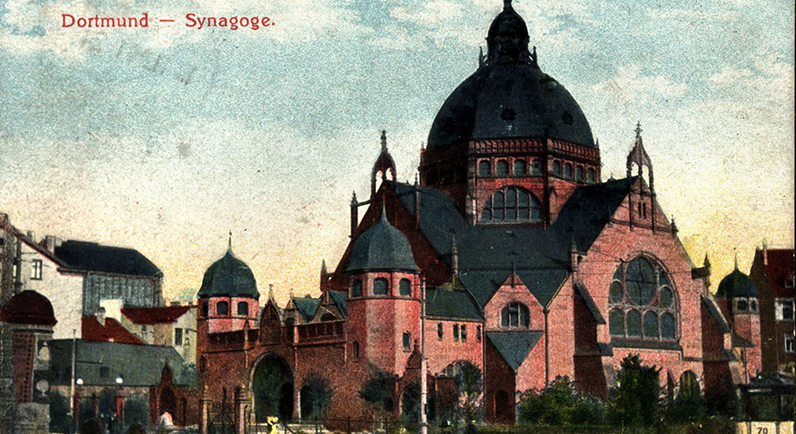
Courtesy Gross Family Collection Trust.
In our Holocaust exhibition, we have a collection of postcards which show images of some of the most beautiful synagogues in pre-war Europe. These postcards are a part of a collection from the Gross Family Trust. The American Israeli art collector William L. Gross has been collecting Judaica, documents and literature on Jewish art and culture for more than fifty years.
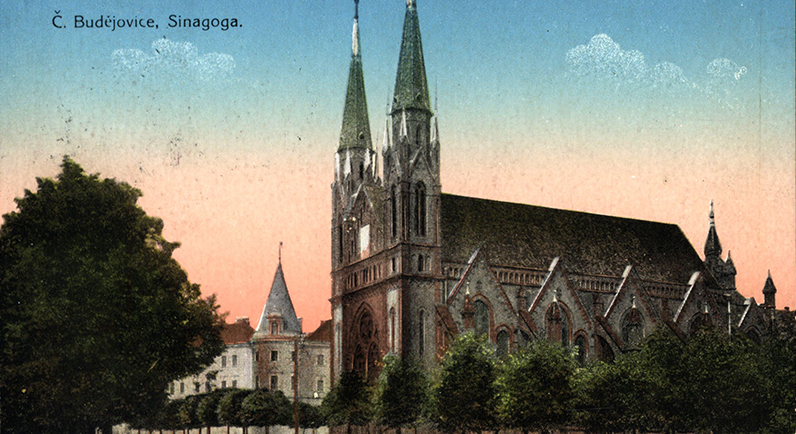
Courtesy Gross Family Collection Trust.
These postcards show the beauty and grandeur of these synagogues – almost all of them destroyed by the end of the Holocaust. These postcards show the life that was – holding on to pictures like these helps Jewish communities to rebuild sacred spaces and keep Jewish culture alive.
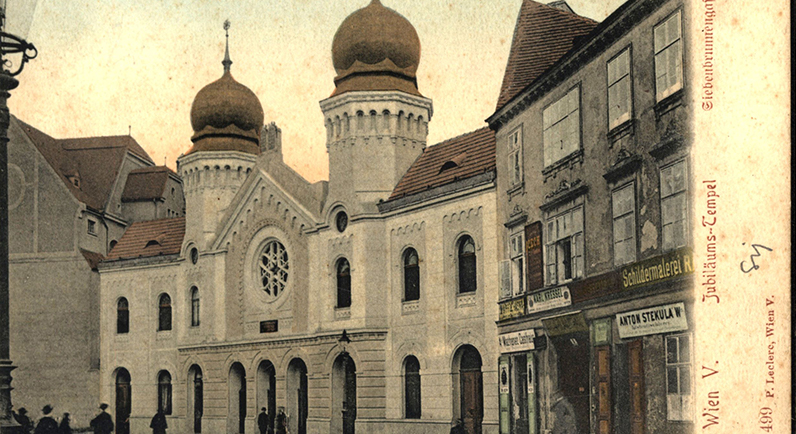
Courtesy Gross Family Collection Trust.
The rest of our Holocaust exhibition tells the timeline and personal experiences of the loss and hardship that occurred across Europe after these synagogues’ destruction. But it also tells of the rebuilding of lives and flourishing of many of those who survived and brought their culture and traditions to Sydney, Australia. These moments in living history all add to the shared memory of the Jewish people that will continue to be passed down through generations.
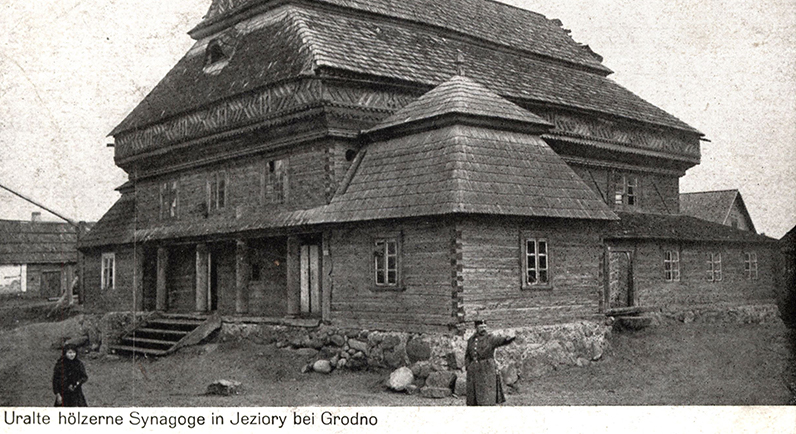
Courtesy Gross Family Collection Trust.

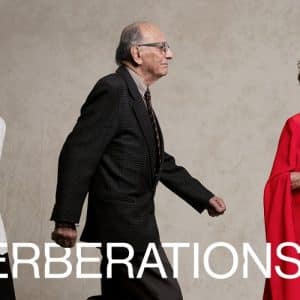




What’s On Newsletter
Keep up to date on all Museum events and exhibitions.